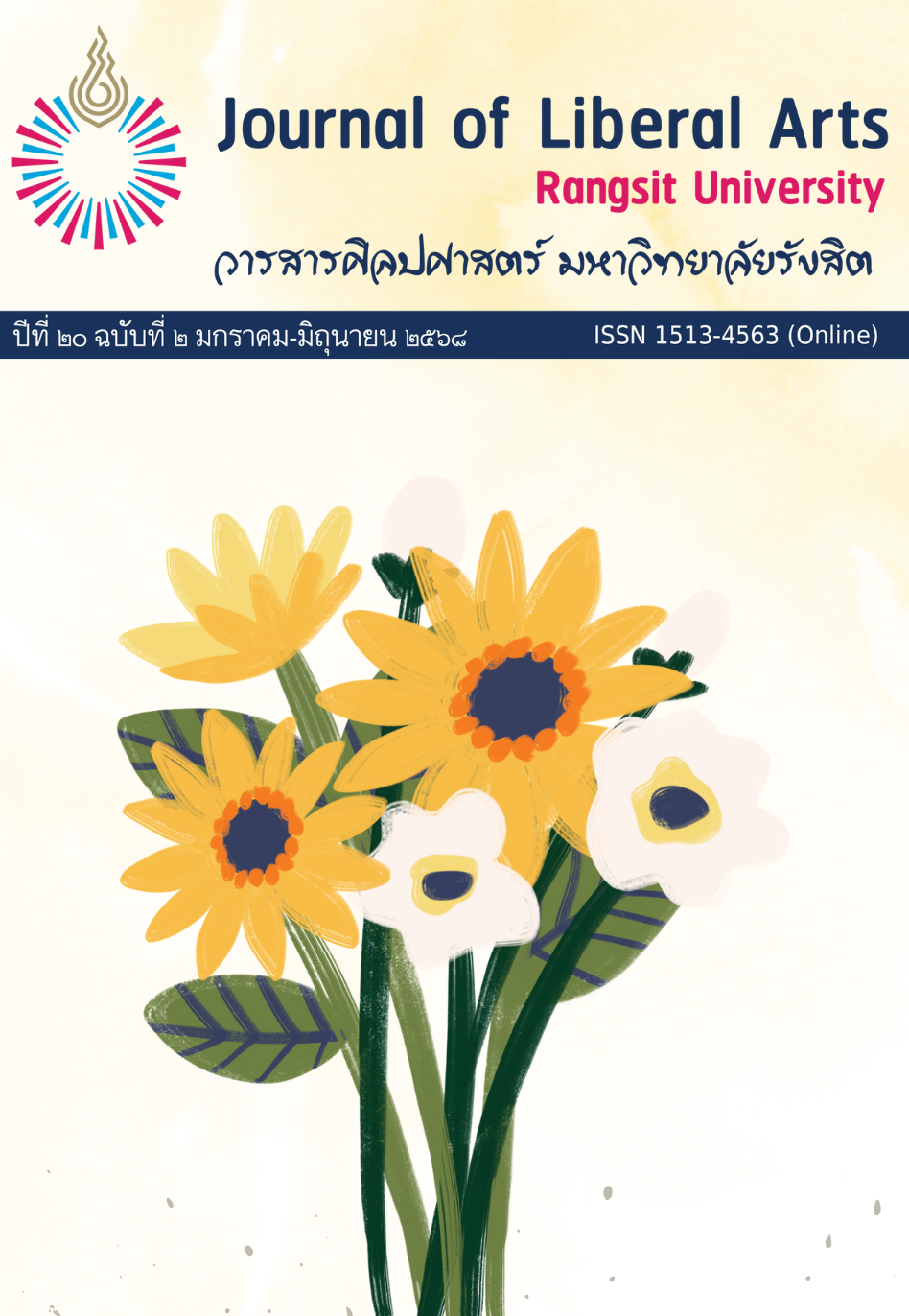New Media Factors as theThreats and Opportunities of Chinese Calligraphy Education
Main Article Content
Abstract
Research objectives were to study (1) threat and opportunity of Chinese calligraphy learning from digital media, and (2) the potentiality of social media to turn the threat into the opportunity for the calligraphy learning of Chinese new generation. Methods of an in-depth interview and participant observation are used, with focusing on 2 population groups. First are the experts in Chinese calligraphy, new media or digital media, and social media those specified for top three platforms; WeChat, Douyin (TikTok) and Weibo. The other is Chinese new generation.
Findings of the research are that the qualifications of digital media in realtime communication, social network interaction, multimodality and hyper-textuality are highly effective to generating threats and opportunities of Chinese calligraphy learning among new generation in terms of communication language, traditional art of character writing, aesthetics of brush and ink expression, and symbols of national culture and identity. WeChat, Douyin and Weibo share the significant roles in turning the threats of Chinese calligraphy learning into the opportunities but differ in practices. The calligraphy learners prefer WeChat for realtime discussion on their calligraphy works, especially techniques of brush expression. Douyin is mostly applied for dynamic devices serving multimodality in the learning process while Weibo is good for expressing applied arts of calligraphy in the modern form. Finally, social media are potential to encourage the interest and satisfaction of new generation to Chinese calligraphy learning those eventually bridging the gaps of cultural preservation and modernity, which are the way of life in digital era.

